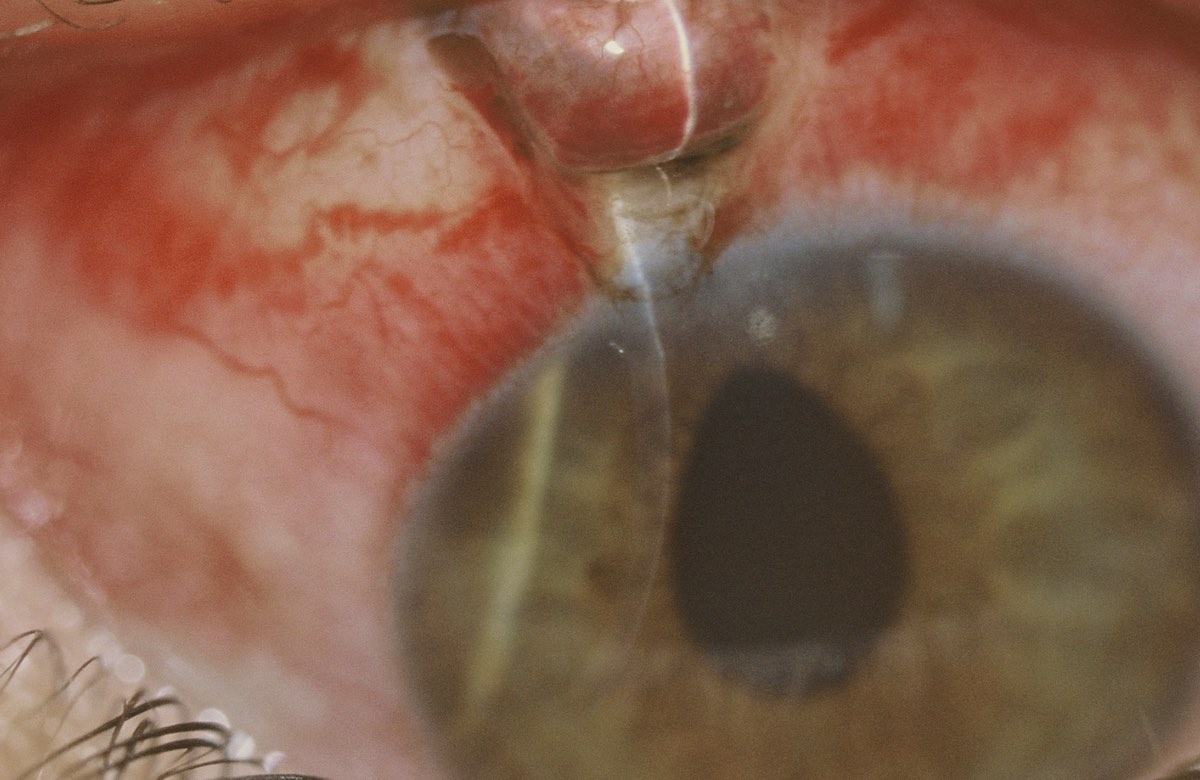Enter Optocase
Login to your account or join for free now,
to access case content.
Disclosure: Dr. Freund has no financial relationships to disclose.
In this video based course, our guest lecturer Dr. Paul Freund will take learners through a systematic approach to pupil issues. He'll review pupil anatomy and the mechanisms involved and before moving onto different pupil and iris pathologies. Featured in the discussion is Horner's Syndrome, CN III Palsies, as well as other related signs and symptoms related to pupil issues RAPD, Mydriasis, Miosis, and more.
Before moving on to the lecture, take a moment to examine the image below. This 33-year-old presents with visual loss. What is the likely cause of their abnormal pupil?

Patients with Horner's syndrome present with ptosis and meiotic due to dysfunction of the sympathetic innervation of the eye. In this patient the pupil is peaked, not meiotic.
Globe rupture occurs when there there blunt or penetrating trauma to the eye. Here there is a peaked pupil, scleral elevation, vitreous, and pigment at the site of rupture.
A coloboma may extend anteriorly and involve the iris. This lesion is usually inferonasally located.
If there is involvement of the outer fibers of the CN III, the pupil may be affected. If the pupil is affected, it is usually dilated (and in a confluent fashion). Extraocular motility is also usually affected.
Get full access to the content of this case. Purchase this case now for $39. Plus, save when you buy 3 cases.